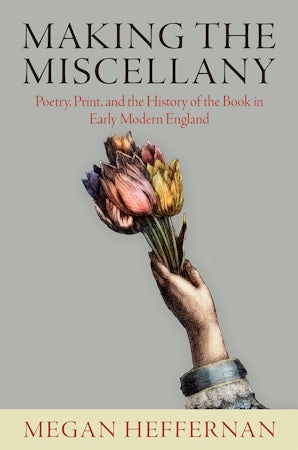https://www.youtube.com/watch?v=WIfH-iSGa5M
2021-05-12
Dr. Hanan Harif started out as a Geniza scholar but is now a biographer of Shlomo Dov Goitein.
In the 1920s Goitein published his only play Pulcellina about a Jewish woman who was burned at the stake in France in 1171.
Had a friendship with Levi Billig (1897-1936)
You know very well the verse on Tabari that says: 'You wrote history with such zeal that you have become history yourself.' Although in your modesty you would deny it, we suggest that his couplet applies to yourself as well."
—Norman Stillman to S.D. Goitein in letter dated 1977-07-20
Norman Stillman was a student of Goitein.
What has Hanan Harif written on Goitein? Any material on his Geniza research and his note cards?
He addressed some note card material in the Q&A, but nothing direct or specific.
Goitein's Mediterranean Society project was from 1967-1988 with the last volume published three years after his death. The entirety of the project was undertaken at University of Pennsylvania.
The India Book, India Traders was published in 2007 (posthumously) as a collaboration with M.A. Friedman.
Goitein wrote My Life as a Scholar in 1970, which may have some methodological clues about his work and his card index.
He also left his diaries to the National Library of Israel as well and these may also have some clues.
His bibliography is somewhere around 800 publications according to Harif, including his magnum opus.
Harif shows a small card index at 1:15:20 of one of Goitein's collaborators (and later rival) Professor Eliasto (unsure of this name, can't find direct reference?). Harif indicates that the boxes are in the archives where he's at (https://www.nli.org.il/en/discover/archives/archives-list ? though I don't see a reasonable name/materials there, so perhaps it's at his home at Rothberg International School of the Hebrew University of Jerusalem).


